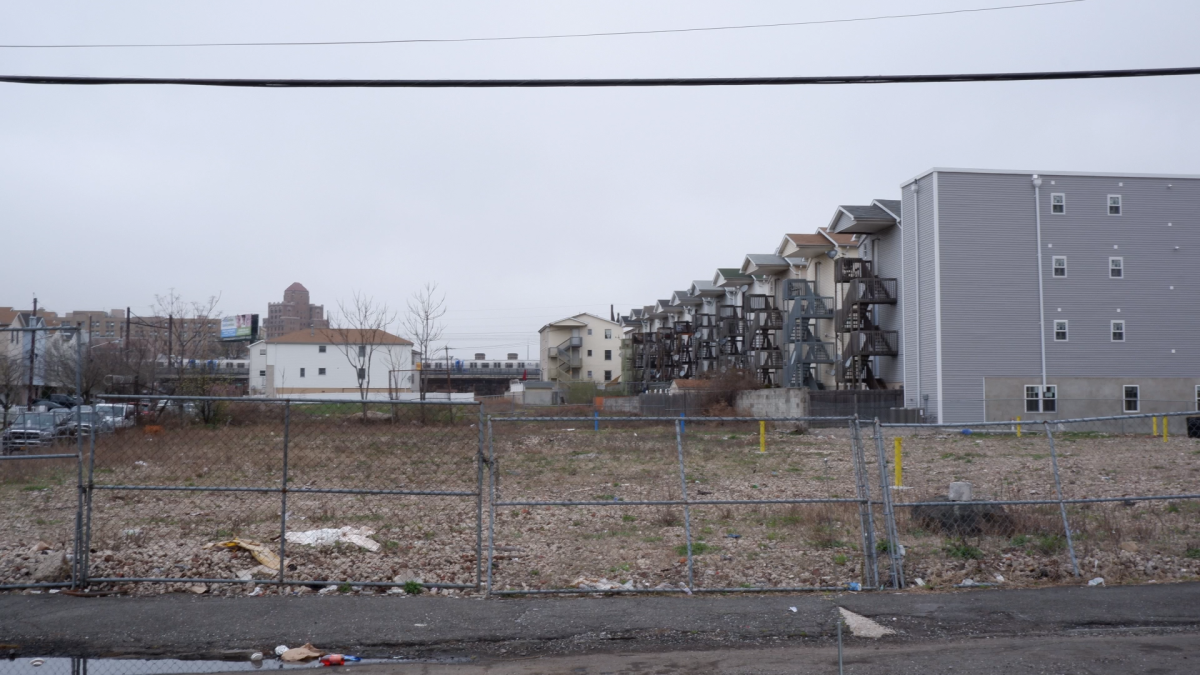The conclusion of this semester marks over a year of activity of one of NJIT’s newest endeavors, the NJ Brownfields Assistance Center. The project aims to provide free assistance to communities in Newark designed to repurpose brownfield sites. Brownfield refers to areas, often former industrial and commercial buildings, in which future development is impeded by suspected soil contamination. This is especially common in areas like the Ironbound, where former industrial sites operating near Port Newark generated waste in the form of petroleum, lead and other contaminants. As manufacturing in the northeastern United States began to decline in the latter half of the 20th century, many of these contaminant generating businesses went bankrupt, leaving behind land that required remediation before any future development could occur but no company left to foot the bill. Even if the company is still operational, the costly nature of the process can cause companies to drag their feet in remediation, similar to what happened in the case of Ruggiero Seafood Co. in Ironbound.
The process of remediating a brownfield site can be quite involved. A Licensed Site Remediation Professional must be hired to supervise the process including a site investigation that will confirm the presence of waste contamination and the extent to which it is present at the site. This will then yield a Remedial Action Plan, if not a clearance to use the site without any needed remediation. There are several methods of remediation that can be useful in different circumstances. Excavation and Capping is a very common way that involves the removal of a layer of contaminated soil and placing healthy soil or a layer of concrete on top. While it is relatively straightforward, this method must ensure a sufficient layer to prevent volatile compounds from leaching through as vapors. Alternatively, Soil Vapor Extraction can address this directly by using an above ground vapor treatment system or the Plume and Treat method for groundwater contamination.
The Brownfields Assistance Center @ NJIT has the stated aim of aiding in this process connecting community groups with funding and by providing the benefit of the team’s experience in engineering, environmental science, planning and other connected fields. The group’s strategy is built on communication with local stakeholder, assessment of the property and the creation of a “Brownfield Blueprint” to ensure that community groups can properly meet their needs in the remediation of these properties. They point towards examples such as the Gateway restoration in Bridgeport, Connecticut as successes of targeted brownfield remediation they hope to mimic.
Thus far, the group has created several webinars informing community groups on the process of remediation, community outreach, and other steps in the brownfield development process. Additionally, they have prepared an informative blueprint of the process on their website, including some easy-to-navigate infographics. However, regarding the direct involvement in brownfield projects, there does not seem to be much activity yet. This is likely due to a combination of the slowdown in development as a result of COVID-19 as well as the relative infancy of the organization compared to the long-term projects they aim to facilitate. The Brownfields Assistance Center seems to have much capability in fostering development throughout many abandoned areas in Newark. To what extent it meets this potential remains to be seen.






























